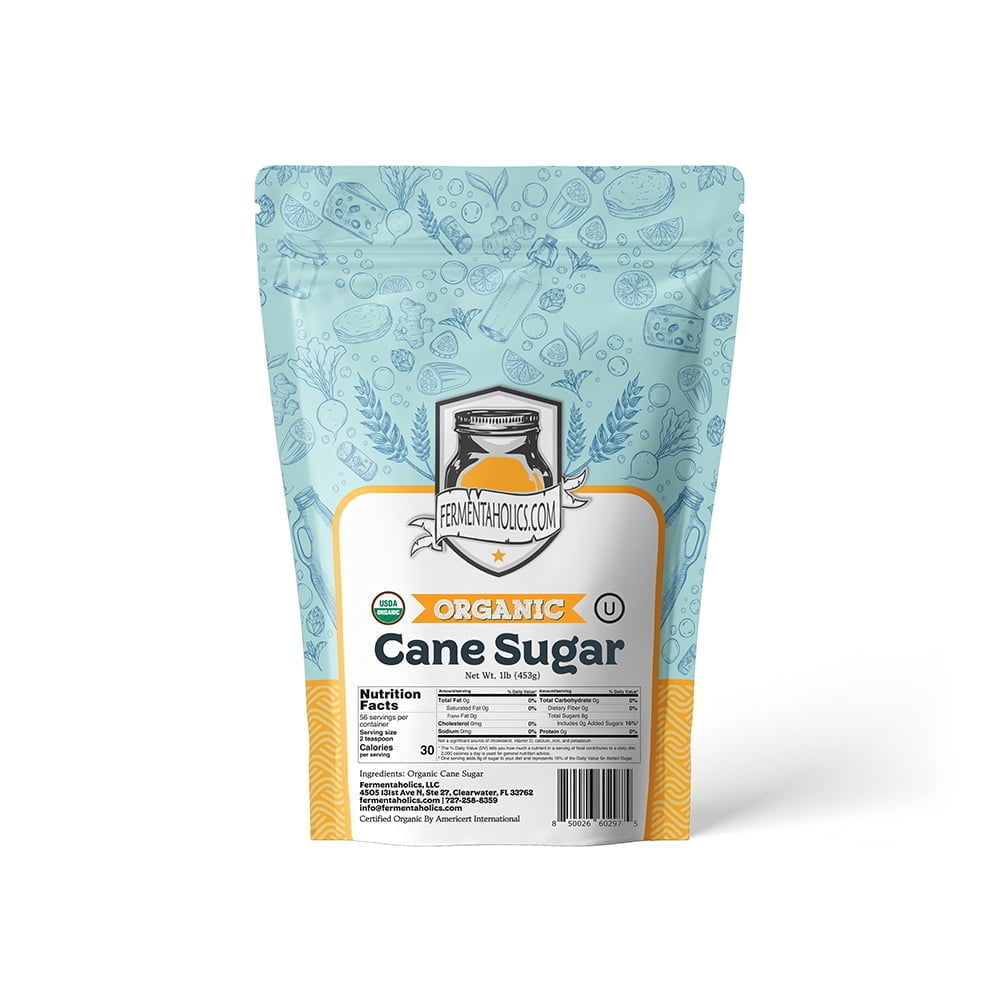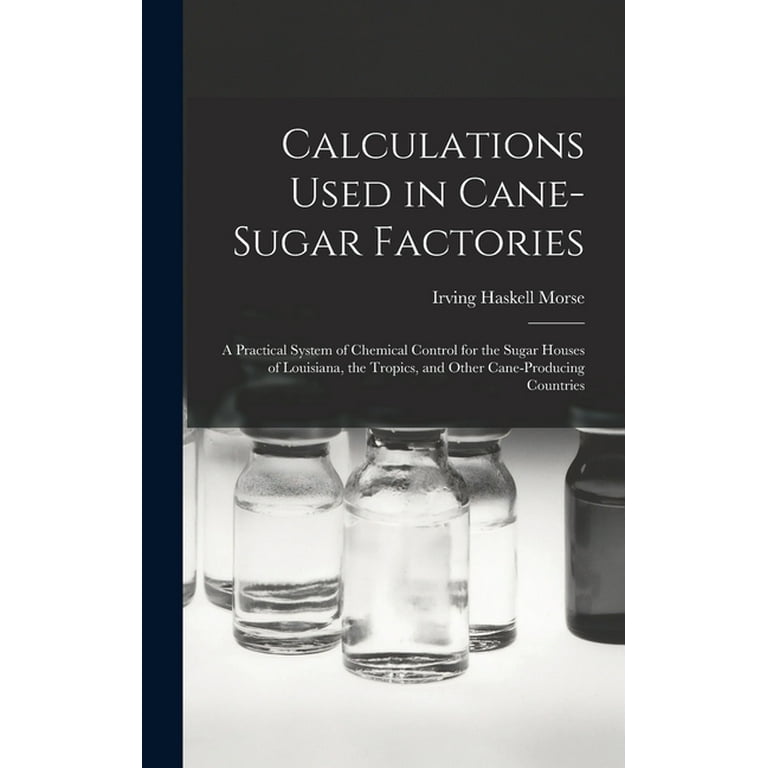Comprehending the Diverse Duties of Sugar Cane in Agriculture and Production
Sugar Cane plays a critical function in both agriculture and manufacturing. As a major money plant, it affects economies in tropical areas. Its versatility extends beyond sugar production to biofuels and naturally degradable products. In addition, sugar Cane farming advertises soil health and wellness and biodiversity. The full range of its contributions and prospective in lasting methods continues to be to be discovered. What innovative steps could boost its role in future agricultural systems?
The Agricultural Relevance of Sugar Walking Cane
Sugar Cane plays a vital role in agriculture, adding significantly to the economic situations of numerous tropical and subtropical areas. This lawn types flourishes in cozy environments, needing sufficient sunlight and water, making it an optimal crop for these areas. Sugar Cane is largely grown for its high sucrose material, which serves as a crucial raw product for sugar manufacturing. Furthermore, it plays a significant role in dirt conservation by avoiding disintegration and improving soil fertility through its development cycles. Sugar walking stick's comprehensive root system help in water retention, benefiting bordering plants. The crop sustains local ecological communities by supplying habitat and food for different wild animals types. Farmers commonly integrate sugar Cane right into plant rotation systems, boosting biodiversity and agricultural durability. The farming of sugar Cane not only fulfills local food needs but likewise cultivates sustainable farming practices, advertising lasting environmental health and wellness in farming areas.
Economic Payments of Sugar Cane Farming
Although sugar Cane is commonly overlooked, its financial payments are significant, specifically in developing countries where it works as a crucial cash plant. The growing of sugar Cane creates substantial earnings for countless farmers, offering livelihoods and promoting rural advancement. As a functional plant, it supports different markets, consisting of sugar manufacturing, biofuels, and pharmaceuticals, consequently promoting regional economies.
Furthermore, sugar Cane cultivation advertises task creation in agricultural fields, refining centers, and transport networks. It additionally adds to international exchange incomes via exports, boosting nationwide economic stability. In regions such as Brazil and India, sugar Cane plays a pivotal role in farming exports, strengthening profession balances.
Furthermore, the crop's by-products, like bagasse and molasses, supply more financial chances, utilized in power generation and pet feed. The financial impact of sugar Cane extends past simple cultivation, affecting wider agricultural and commercial landscapes.
The Refine of Sugar Production From Walking Cane

The trip from sugar Cane to refined sugar involves numerous vital stages that highlight the intricacy of sugar production. Mature sugar Cane stalks are collected and carried to refining facilities. What Is Sugar Cane Used For. The Cane is after that crushed to draw out juice, which contains a high concentration of sucrose. This juice undertakes clarification, where contaminations are removed, usually utilizing lime and warmth
Next, the made clear juice is evaporated to concentrate the sugar web content. The resulting syrup is then subjected to formation, allowing sugar crystals to develop. These crystals are divided from the staying syrup via centrifugation and washed to get rid of any residual molasses.
The last phase includes refining, where sugar crystals are more purified and bleached, leading to the white granulated sugar commonly utilized in food items. This meticulous process highlights the detailed journey from raw Cane to the sugar that plays a vital duty in various cooking applications.
Sugar Cane as a Resource of Biofuels
As interest in sustainable energy resources expands, sugar Cane has actually arised as a significant candidate for biofuel manufacturing. The plant's high sugar web content makes it possible for efficient fermentation processes, converting sugars into ethanol. This biofuel functions as an eco-friendly alternative to fossil fuels, decreasing greenhouse gas exhausts and advertising power sustainability.
Nations like Brazil have actually lengthy utilized sugar Cane for ethanol, establishing comprehensive manufacturing framework that sustains both domestic energy needs and worldwide export. The growing of sugar Cane for biofuel has actually likewise produced economic opportunities, particularly in rural locations, where it creates work and sustains local agriculture.
Moreover, sugar Cane biofuels can be incorporated right into existing gas systems, making them a useful remedy for changing far from conventional energy resources. As technical advancements continue to enhance manufacturing efficiency, sugar walking stick's duty in biofuel development is poised to broaden, better adding to worldwide initiatives towards renewable energy adoption.
Cutting-edge Uses Sugar Cane in Biodegradable Plastics
A Find Out More growing variety of suppliers and researchers are exploring cutting-edge uses sugar Cane in the production of biodegradable plastics. Sugar cane, abundant in sucrose, can be processed to create polylactic acid (PLA), a biopolymer that works as an alternative to petroleum-based plastics. This bioplastic can be used in various applications, including product packaging, disposable flatware, and agricultural movies.
Using sugar cane-derived PLA presents a number of benefits, such as decreased dependancy on fossil gas and the potential for lower carbon exhausts throughout production. Furthermore, sugar walking cane's renewable nature makes it an attractive option in the pursuit for lasting products. Current advancements in processing methods have actually boosted the efficiency and cost-effectiveness of producing these bioplastics, promoting higher fostering in the industry. As the need for environmentally friendly services grows, sugar Cane sticks out as a valuable resource in the shift towards greener manufacturing practices.
Environmental Benefits of Sugar Cane Farming

On top of that, sugar Cane needs much less water contrasted to other plants, making it ideal for cultivation in deserts. Efficient usage of plant residues, such as bagasse, can reduce waste and provide renewable resource resources. Sugar Cane farming can facilitate the facility of agroforestry systems, developing a synergistic partnership between plants and trees. These methods not just safeguard the setting but likewise advertise sustainable farming techniques, ultimately profiting local neighborhoods and ecosystems.
The Future of Sugar Cane in Sustainable Practices

The potential for sugar Cane to contribute to sustainable power resources is gaining traction. Biofuels stemmed from sugar Cane can notably decrease carbon discharges contrasted to fossil fuels, lining up with global environment objectives. Additionally, innovations in waste administration permit for the use of by-products, additionally minimizing environmental effect.
Study right into drought-resistant sugar Cane selections is additionally underway, supplying strength against climate adjustment. As stakeholders throughout the market embrace these lasting methods, sugar Cane is poised to play an important duty in promoting agricultural sustainability, guaranteeing its significance in future markets and contributing favorably to environmental balance.

Frequently Asked Inquiries
Exactly How Does Sugar Cane Affect Dirt Health And Wellness and Fertility?
The influence of sugar Cane on dirt health and wellness and fertility is significant. Its considerable root system boosts soil structure, while raw material from rotting fallen leaves contributes essential nutrients, promoting total fertility and supporting diverse microbial life.
What Are the Labor Problems for Sugar Cane Workers?
Labor conditions for sugar Cane employees differ widely, commonly characterized by long hours, reduced wages, and risky settings. Many face difficulties such visit this website as absence of access to healthcare and inadequate safety measures against harmful problems.
Can Sugar Cane Be Expanded in Non-Tropical Climates?
Sugar Cane typically prospers in exotic environments due to its warm and moisture needs. Particular non-tropical areas may efficiently grow it through particular farming techniques, though returns and high quality might be considerably decreased.
What Vermin Commonly Intimidate Sugar Cane Crops?
Pests threatening sugar Cane crops consist of the sugarcane borer, aphids, and nematodes. These microorganisms can considerably influence plant return, requiring efficient parasite administration methods to assure healthy and balanced development and take full advantage of agricultural productivity.
How Does Sugar Cane Cultivation Influence Citizen Communities?
The growing of sugar Cane significantly impacts local areas by supplying work chances, stimulating financial development, and influencing social frameworks. In addition, it can result in environmental obstacles, impacting agricultural practices and area health and wellness in the region.
Sugar Cane is largely cultivated for its high sucrose web content, which serves as a vital raw product for sugar production. Farmers frequently incorporate sugar Cane into crop turning systems, enhancing biodiversity and farming durability. The trip from sugar Cane to refined sugar involves a number of key phases that highlight the complexity of sugar manufacturing. The final phase involves refining, where sugar crystals are more purified and blonde, resulting in the white granulated sugar typically made use of in food products. The plant's high sugar web content allows reliable fermentation processes, transforming sugars into ethanol.